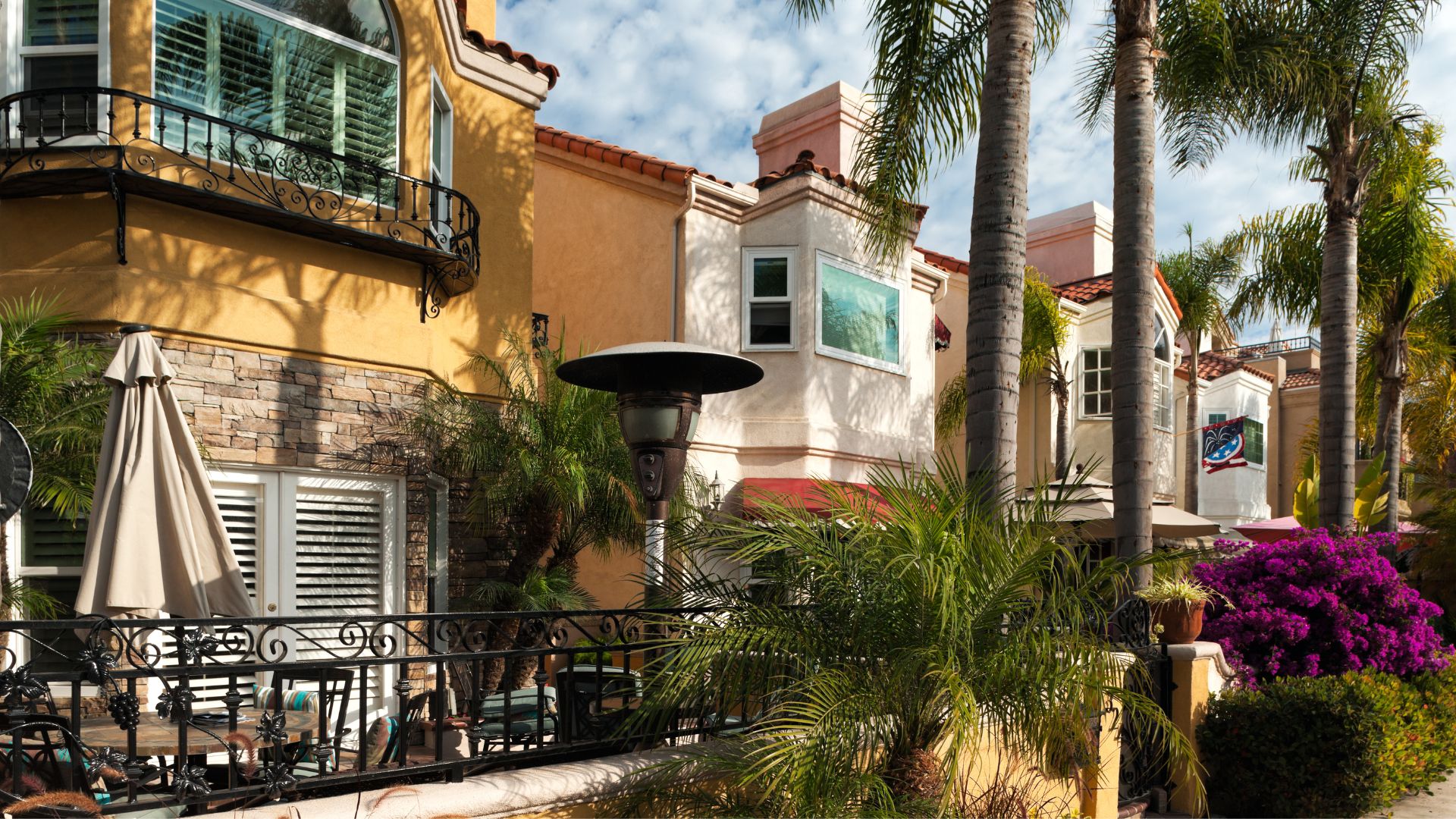There are many different schools of thought about the best types of investment properties and how to structure your portfolio. Some investors prefer investing in older rental properties while others solely focus on new properties, and in this article, we’ll take a look at some specific benefits of each type of property.
4 Benefits of Purchasing Older Rental Properties
There are four main benefits of purchasing older rental properties.
- older properties are generally located in established neighborhoods
- the market rates of home values and rents are usually well established
- older properties, in many cases, require less maintenance and fewer repairs
- Many older properties have larger square footage than some modern homes.
#1 Located in Established Neighborhoods
The first benefit is that older properties are generally located in established neighborhoods that are closer to city centers. This means that the neighborhoods are often charming and desirable for those attracted to city life.
The tenant pool is often mostly made up of professionals who can afford the higher rent and meet credit requirements, but such professionals are generally more transitory and move around frequently, making them less likely to agree to long leases.
#2 Established Market Rates
The second benefit, the market rates of home values and rents are usually well established for older rental properties since the neighborhoods have been around for some time. This makes it easier to decide on an appropriate rental rate whereas, with new construction, you are generally making an educated guess rather than depending on precedent.
#3 Fewer Maintenance Needs
The third benefit, in many (but certainly not all) cases, older properties are more sturdily constructed and theoretically require less maintenance and fewer repairs. However, this benefit has to be weighed against the larger periodical maintenance needs such as roof replacements, new water heaters, and so forth. And, in certain cases, if a property is exceptionally old, wiring and other elements may need to be retrofitted in order to meet current codes.
# 4 More Space
Lastly, the 4th benefit is older neighborhoods typically have bigger lots with more space between houses, while newer construction homes tend to be closer together. This is often a matter of preference, but families may be swayed by a larger yard space, especially in proximity to a city.

5 Benefits of Purchasing Newer Rental Properties
Now let’s look at the benefits of purchasing newer rental properties, which also serve as the cons for older properties. There are five main benefits of investing in newer rental properties.
- Better Public School Districts
- Lower Capital Expenditures
- More Energy Efficient
- Longer Lease Terms
- Located in Upcoming Neighborhoods
#1 Better Public School Districts
First, newer properties are generally located in better public school districts. This is certainly not always true in every case, but recent trends have indicated that suburban schools are generally rated better than inner-city schools.
According to TFS Properties, “This can be a critical factor in finding high-quality tenants since once a family moves in for the purpose of the good school zone, they will often stick around until their children have completed their school years.”
#2 Lower Capital Expenditures
Second, newer properties will have lower capital expenditures over the first decade of ownership since all of the systems are newer – no roof replacements or rewiring necessary unless a major disaster strikes. This makes the performance of your investment portfolio more predictable.
#3 More Energy Efficient
Third, newer properties are more energy efficient which means lower utility bills for tenants, and some maybe even solar-ready depending on the local building codes or builders’ preference. This in turn means that your tenants will be more likely to stay long-term. Tenants often look at just the rent price when they are shopping for a lease, but when it comes time to renew, utility costs also play a huge role.
#4 Longer Lease Terms
Fourth, with newer rental properties you can enjoy longer lease terms and less turnover than with an older lease. This is mainly due to reasons one and three above – good schools in the area and low utility costs for the tenants, which creates a good tenant pool and motivates tenants to stick around. Every time you have to perform a repair or maintenance on the property, it presents a hassle to the tenant, so fewer repairs can create a better renting experience.
#5 Located in Upcoming Neighborhoods
Finally, newer rental properties are generally located in the path of growth. This does involve some risk, since purchasing in an area that isn’t yet an established neighborhood isn’t a guarantee of success. However, the flip side of the risk is that you can benefit from the opportunity for growth returns that just aren’t possible in older established neighborhoods.
Final Thoughts
All of the pros and cons listed above are generalizations, so they certainly don’t apply in all areas at all times. But, in most cases, the benefits are applicable to each property type. If the market you are interested in offers it and you want to have a reliable, hands-off real estate portfolio, opt for newer rental properties. However, if you want to attract professionals and don’t mind some turnover and maintenance work, older rentals in established neighborhoods are also an excellent choice.


